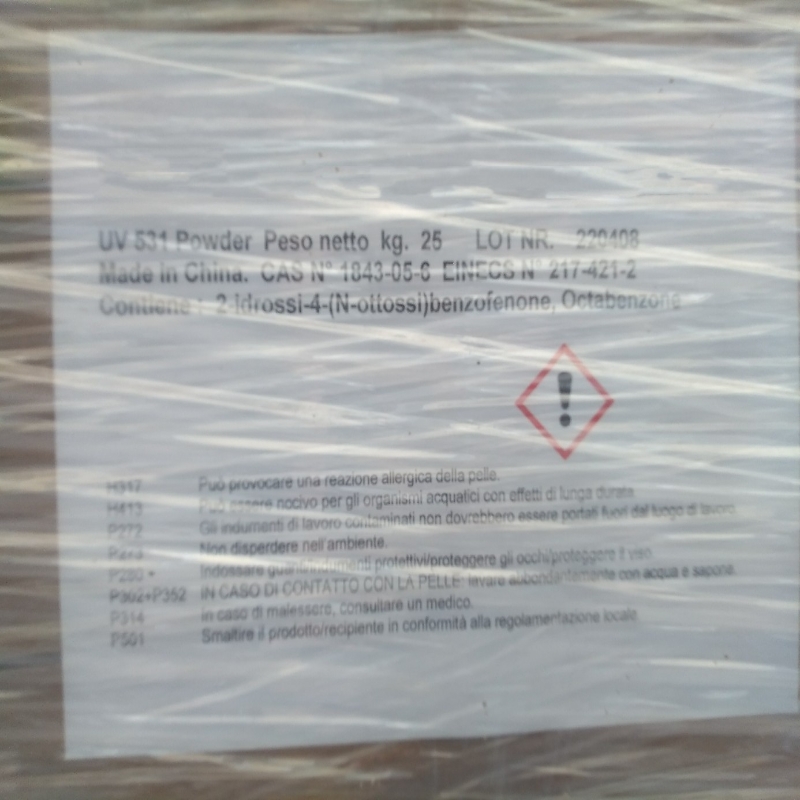-
Categories
-
Pharmaceutical Intermediates
-
Active Pharmaceutical Ingredients
-
Food Additives
- Industrial Coatings
- Agrochemicals
- Dyes and Pigments
- Surfactant
- Flavors and Fragrances
- Chemical Reagents
- Catalyst and Auxiliary
- Natural Products
- Inorganic Chemistry
-
Organic Chemistry
-
Biochemical Engineering
- Analytical Chemistry
- Cosmetic Ingredient
-
Pharmaceutical Intermediates
Promotion
ECHEMI Mall
Wholesale
Weekly Price
Exhibition
News
-
Trade Service
According to data released by Circular Energy Storage, a London-based storage recycling research organization, 1.
2 million tonnes of lithium-ion batteries will reach the end
of their useful life in just ten years.
Circular Energy Storage estimates that recycling facilities could recover 125,000 tonnes of lithium, 35,000 tonnes of cobalt and 86,000 tonnes of nickel
by 2030.
Based on the current prices of these materials, this will add a $6 billion market
.
Most importantly, 400,000 to 1 million tonnes of production waste
can be recycled, the researchers said.
The heavy use of lithium-ion storage in portable electronics, transportation, and energy applications continues to accumulate scale
for the recycling industry for eventually such products.
Between 2018 and 2030, the market size of such batteries is likely to expand tenfold
.
China, the world's largest battery manufacturer, is its own best customer, as it will generate 57% of battery waste
by 2030.
The business community is no stranger to this, with 30 of the world's 50 lithium-ion battery recycling experts based in China
.
In addition, by 2030, the market for battery reuse will reach 1 TWh, and its service life will make the battery unusable for its original purpose, but can still be used to provide backup grid power, stationery energy storage, and electric vehicle charging
.
"1 TWh sounds like a huge capacity, far exceeding the expected installed capacity of, for example, an energy storage system," said Dr.
Hans Eric Melin from Circular Energy Storage, "but again, the net market value of such secondary battery applications is estimated at $45 billion by 2030, which is based on the assumption of $45/kWh, half of which will be generated between 2027-30
。 ”
Light-duty electric vehicles make up the majority of lithium-ion batteries currently produced, but it is the batteries used in heavy-duty electric vehicles such as trucks and buses that will dominate the amount of
such materials entering the recycling market in the near future.
In such a heavily used vehicle, batteries suffer more wear and tear and can only be recycled after reaching the end of their useful life
.
However, batteries used in light-duty electric vehicles may have a second life life, delaying their entry into recycling
.
The rise of battery-based energy storage has raised new concerns about the environmental and social impacts of lithium mining, especially given the technical challenges
of recovering battery-grade lithium from used devices.
However, recent process developments have shown that the material can be recycled to a high enough standard to be reused
in batteries.
According to data released by Circular Energy Storage, a London-based storage recycling research organization, 1.
2 million tonnes of lithium-ion batteries will reach the end
of their useful life in just ten years.
Circular Energy Storage estimates that recycling facilities could recover 125,000 tonnes of lithium, 35,000 tonnes of cobalt and 86,000 tonnes of nickel
by 2030.
Based on the current prices of these materials, this will add a $6 billion market
.
Most importantly, 400,000 to 1 million tonnes of production waste
can be recycled, the researchers said.
The heavy use of lithium-ion storage in portable electronics, transportation, and energy applications continues to accumulate scale
for the recycling industry for eventually such products.
Between 2018 and 2030, the market size of such batteries is likely to expand tenfold
.
China, the world's largest battery manufacturer, is its own best customer, as it will generate 57% of battery waste
by 2030.
The business community is no stranger to this, with 30 of the world's 50 lithium-ion battery recycling experts based in China
.
In addition, by 2030, the market for battery reuse will reach 1 TWh, and its service life will make the battery unusable for its original purpose, but can still be used to provide backup grid power, stationery energy storage, and electric vehicle charging
.
"1 TWh sounds like a huge capacity, far exceeding the expected installed capacity of, for example, an energy storage system," said Dr.
Hans Eric Melin from Circular Energy Storage, "but again, the net market value of such secondary battery applications is estimated at $45 billion by 2030, which is based on the assumption of $45/kWh, half of which will be generated between 2027-30
。 ”
Light-duty electric vehicles make up the majority of lithium-ion batteries currently produced, but it is the batteries used in heavy-duty electric vehicles such as trucks and buses that will dominate the amount of
such materials entering the recycling market in the near future.
In such a heavily used vehicle, batteries suffer more wear and tear and can only be recycled after reaching the end of their useful life
.
However, batteries used in light-duty electric vehicles may have a second life life, delaying their entry into recycling
.
The rise of battery-based energy storage has raised new concerns about the environmental and social impacts of lithium mining, especially given the technical challenges
of recovering battery-grade lithium from used devices.
However, recent process developments have shown that the material can be recycled to a high enough standard to be reused
in batteries.






![N-[2-(4-Oxo-4H-3,1-benzoxazin-2-yl)phenyl]-2-naphthalenesulfonamide Manufacturer/High quality/Best price/In stock](https://file.echemi.com/fileManage/upload/canonicalSmiles/20220812/f97781cf20be4e70b09e86a67c20e5e0.png)
